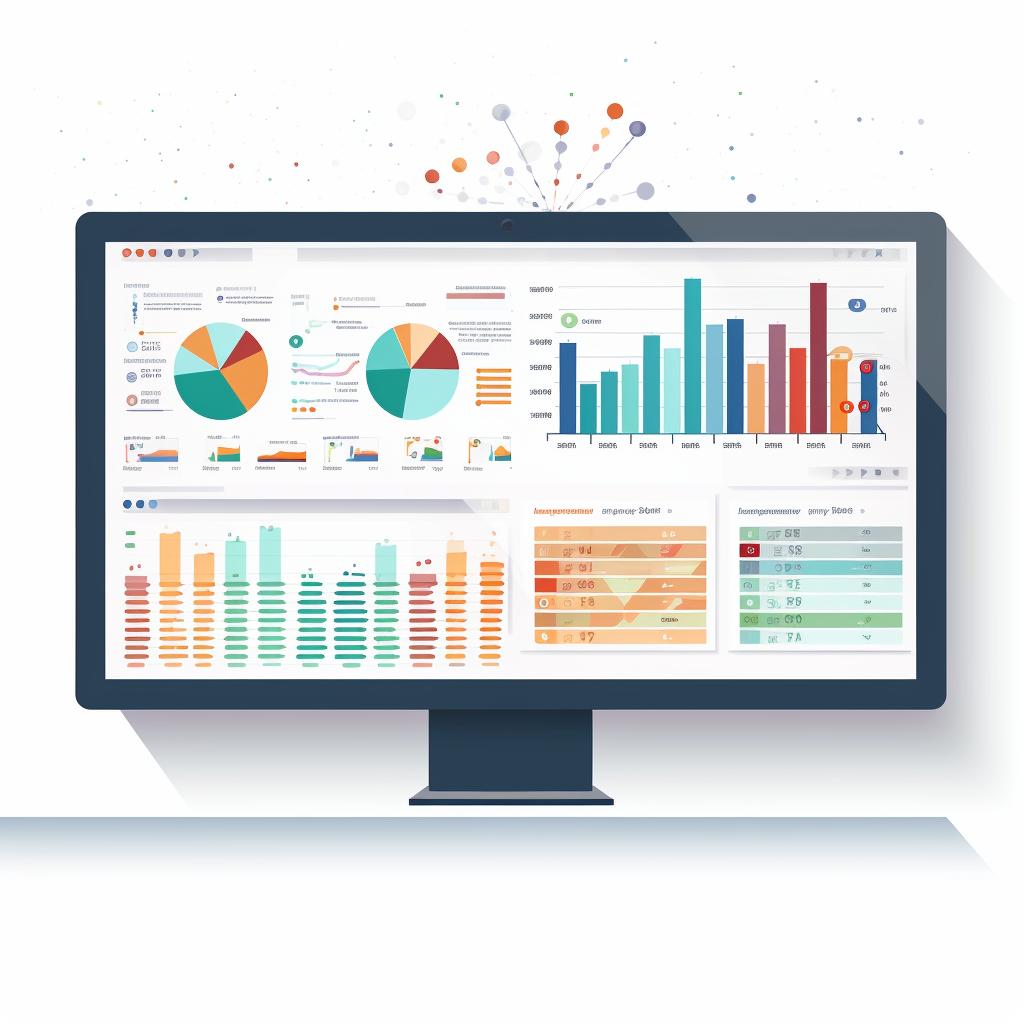Implementing Predictive Analytics: A Step-by-Step Guide 🚀
Implementing Predictive Analytics: A Step-By-Step Guide
Predictive analytics has become a crucial tool for businesses looking to enhance their customer experiences and stay ahead in today's competitive market. By leveraging data and advanced algorithms, businesses can gain valuable insights into customer behavior and make data-driven decisions. In this step-by-step guide, we will walk you through the process of implementing predictive analytics to improve your business outcomes.
Step 1: Define Your Goals
The first step in implementing predictive analytics is to clearly define your goals. Identify what you want to achieve with predictive analytics, whether it's improving customer retention, increasing profits, or enhancing overall customer experience. By setting specific goals, you can align your efforts and measure the success of your predictive analytics initiatives.
Step 2: Gather and Cleanse Your Data
To effectively analyze customer behavior, you need to collect relevant customer data from various sources like CRM, social media, customer feedback, and more. However, it's important to ensure that the data you gather is clean and accurate. Data cleansing involves removing duplicates, correcting errors, and standardizing formats. By cleansing your data, you can ensure the accuracy of your predictive models and avoid misleading insights.
Step 3: Choose the Right Predictive Analytics Tools
Selecting the right predictive analytics tools is crucial for successful implementation. Consider factors like ease of use, scalability, and integration capabilities. Look for tools that align with your business needs and goals. Whether you choose open-source solutions or commercial software, make sure they provide the necessary features and functionalities to meet your predictive analytics requirements.
Step 4: Develop Predictive Models
With your cleaned data and chosen tools in hand, it's time to develop predictive models. These models use historical data to predict future outcomes and provide insights for decision-making. Depending on your business objectives, you can choose from various modeling techniques such as regression analysis, decision trees, or neural networks. The key is to develop models that accurately capture the patterns and trends in your data.
Step 5: Test and Refine Your Models
Testing your predictive models is crucial to ensure their accuracy and reliability. Use real-world scenarios to validate your models and compare their predictions against actual outcomes. Continually refine your models based on the results and feedback. This iterative process helps you fine-tune your models and improve their predictive capabilities over time.
Step 6: Implement the Models
Once you are satisfied with the accuracy and reliability of your predictive models, it's time to integrate them into your business processes. Use the insights gained from your models to enhance your customer experience strategies. Whether it's personalizing marketing campaigns, optimizing pricing strategies, or improving product recommendations, implementing predictive models can drive significant improvements in your business outcomes.
In conclusion, implementing predictive analytics requires a systematic approach and a clear understanding of your business goals. By following this step-by-step guide, you can leverage the power of predictive analytics to enhance your customer experiences, make data-driven decisions, and stay ahead in today's competitive market.
Remember, predictive analytics is not a one-time effort. It requires ongoing monitoring, refinement, and adaptation to ensure its effectiveness. By continuously analyzing and leveraging customer data, you can gain a competitive edge and deliver exceptional customer experiences. So, start implementing predictive analytics today and unlock the full potential of your business.












